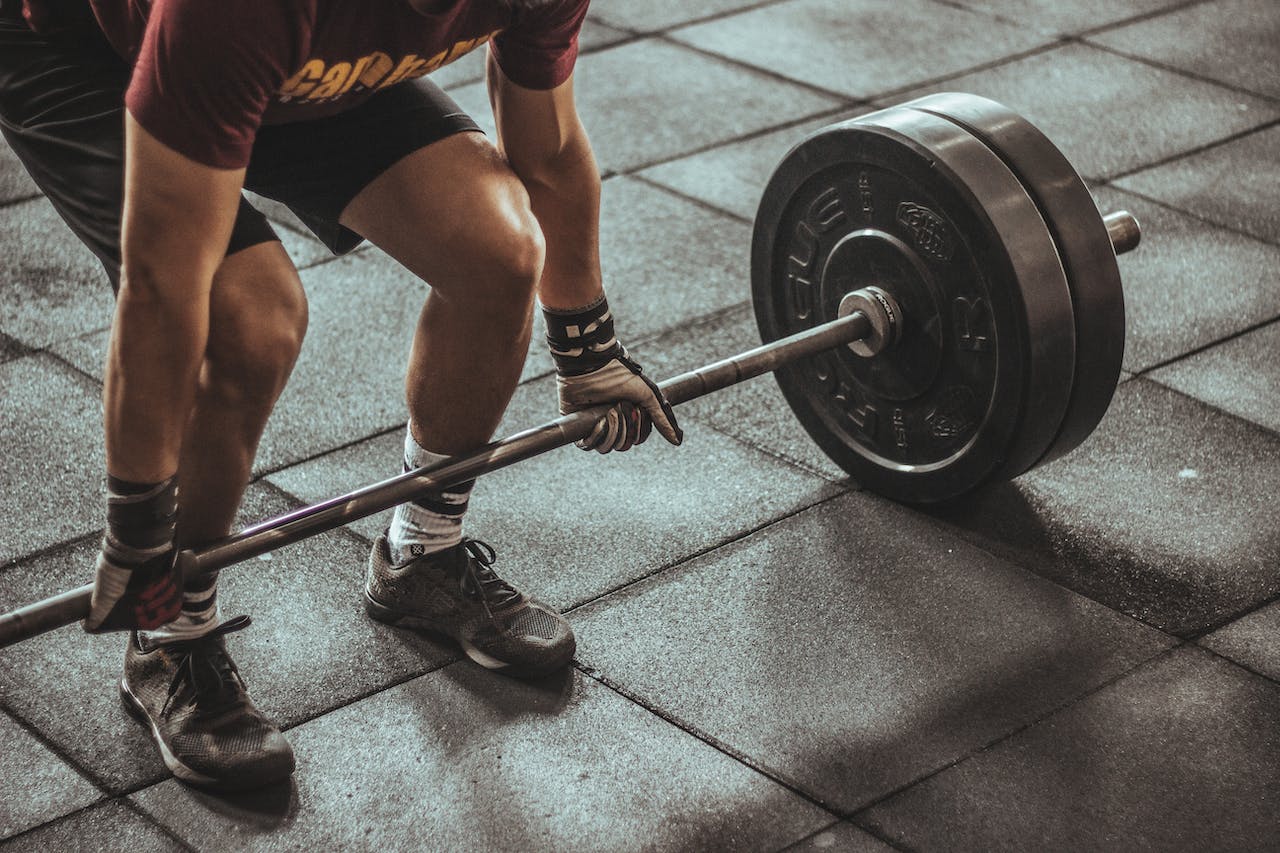
Progressive overload
The Main Drive
The reason I’m writing this article today is to shed some light on probably one of the most important pieces of information you can learn to ensure progress is happening every week you’re training.
If you’ve ever had a half decent trainer or taken even the basic entry exams for becoming a certified trainer then you’ve probably heard of progressive overload (or PO for short) in one way or another. But what is it really? We can look at PO as incrementally increasing the difficulty of a task such as a single or multiple exercises week after week.
We know from copious amounts of literature that adaptation (gains) occurs near a threshold of failure, specifically 3-0 reps away from failure. PO is a way which ensures that we are working within this threshold throughout the entirety of a training cycle or program.
Knowing this, we can come to the conclusion that PO is one, if not, the main driver of adaptation in the body. Wether it be adaptation of muscular systems or central nervous system systems, PO must be present to facilitate this process.
What Does This Look Like?
The breakdown above might be pretty intimidating to some but let me assure you, often times in the weight room, practical application is often quite simpler than reading and hearing theories and literature being broken down.
PO can be implemented quite seamlessly into your training and can often be done by taking small step approaches. Below are 3 of my favourite ways I use PO in my own training as well as with every client I’ve come to work with.
Method 1, adding extra time under tension during an exercise. This can be as simple as pausing for a second in the contraction and the stretch portions of an exercise. Extra time under tension is a great way to utilize PO without needing extra weight and will often times translate into better form over time
Method 2, adding extra volume to your sessions. This could like adding an extra reps over the week with the same weight, or even adding in extra sets with the same weight and reps over the weeks. Either way, adding in extra volume can be quite useful to fuel PO in your training.
Method 3, the final way I like to use progressive overload when training myself and clients is adding extra weight week to week. This can look like keeping the same sets and reps but adding as little as 5lbs each week to the lift. A great way to develop confidence under heavy loads well still stimulating progress over the weeks.
Take Away
After reading this brief article on progressive overload I hope you now know that it’s a lot easier to make progress in the gym than you may think. A lot of times people get to caught up in the weights they use then get discouraged when they hit a plateau. But now after reading this, you have other ways to ensure you’re making progress outside of increasing weights.
Hopefully you can take something you’ve learned here today and implement it into your next training session. As well as gain some understanding behind how coaches should design programs and protocols that streamline progress.
There will be multiple video breakdowns posted on my instagram @Coach.palfrey for anyone looking for a brief summary of what was broken down here today.
As always, thank you for taking the time out of your day to read through my ramblings. And hopefully you’re able to extract at least one piece of information that can be useful to your fitness endeavors.
Questions about articles, training or wanting to get your form checked for free? Email me at [email protected], or shoot me a DM on instagram @Coach.palfrey
Kindest regards, Coach Palfrey



